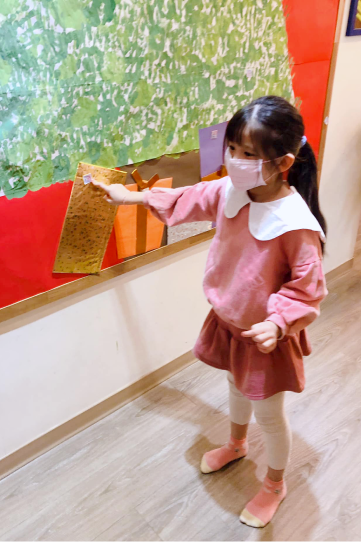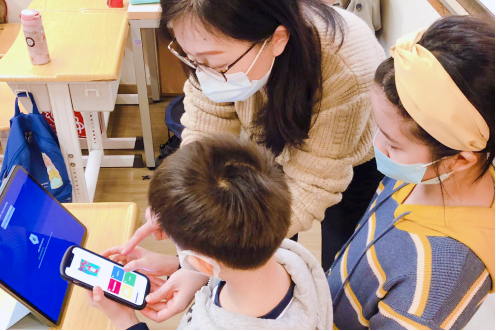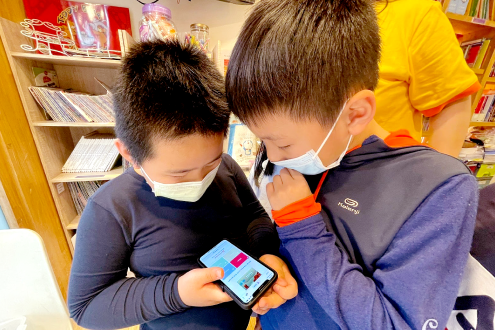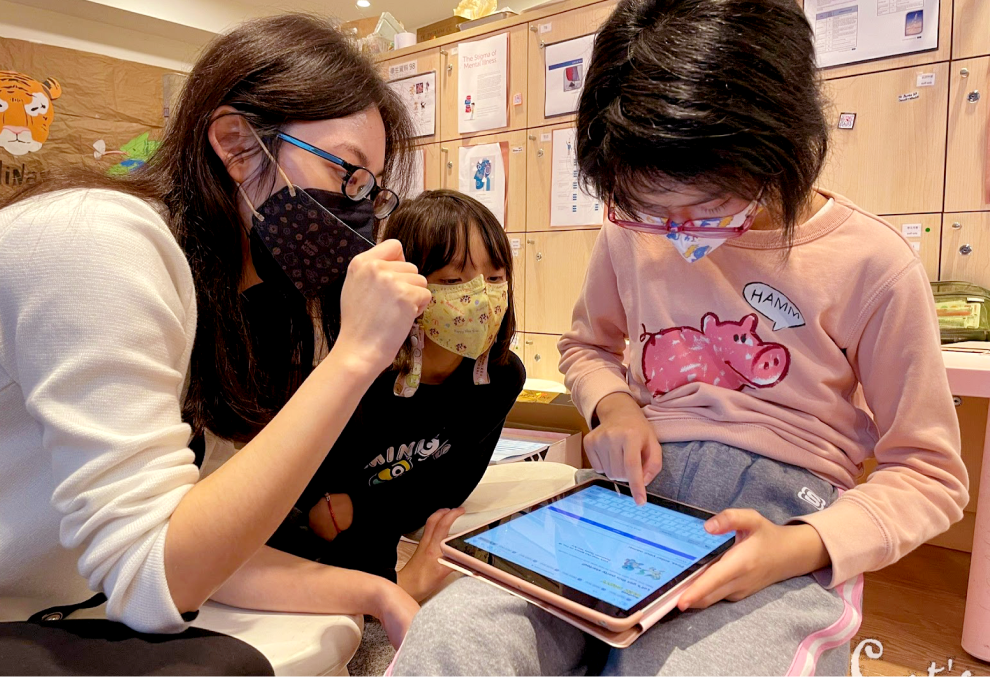
Gotta Catch ‘Em All!
Scout Ahead
Text / 凱斯英語南京分班 / Mr. Andrew


Let’s wind the clock back. In the past, the general consensus was that digital learning creates an environment where students may at best, become distracted, or at worst, become disengaged. However, this changed as teachers realized how technology could revolutionize the field of education. Tablet devices and educational web apps, possess the power to alter how teachers deliver information to students, as well as transform the way with which students study. Software applications can be used in ways so entertaining and intelligently designed, that lessons practically teach themselves.
Even so, as a more conventional teacher, when I found out that part of the winter camp lessons included a day consisting of exclusively using an online web app, I was as skeptical as I was intrigued. Initially, I feared that students would get distracted, wanting to play with other applications on their electronic devices. I went into the lesson with a sense of cautious optimism.


The activity was as follows: Students were first grouped into teams and charged with the task of collecting as many Pokémon as they could. They do so by scanning QR codes hidden around the classroom. When scanned, the QR code presents a picture of a Pokémon and instructs the student to complete a set of quizzes on the game-based learning platform Kahoot. Successfully answering the required number of questions (by playing online games) unlocks the Pokémon and grants a certain value of points. The more powerful the Pokémon, the more difficult the questions are, but the more points students would be rewarded with. In the end, the team with the highest number of points wins.
To my surprise, once we disbanded into teams, each student became fully engrossed by the challenges at hand. The class was quiet, with occasional chattering between teammates, exchanging tips and advice on solving problems. I was stunned by how focused everyone was. I didn’t need to actively make rounds about the class to see which student needed help. Each one of the students was so eager to “catch them all” that they formed a line in front of me to have their questions answered. Amazingly, this lasted for the entirety of the class. My students ended up having so much fun that it took some convincing to make them end the treasure hunt and begin packing up for home.


So what happened here? Has technology finally produced the end-all-be-all of the learning platform? … Not quite. I believe the deciding factor was choosing the right incentive. By choosing an appealing theme that most students recognize and enjoy, we reduce the burden of creating “fun” artificially. Furthermore, should a student fail to capture a powerful Pokémon (unable to answer questions beyond their current skill level), they still have the option of capturing multiple, less powerful Pokémon to balance out the points they could earn. This caters to each students’ unique learning needs and offers alternatives to accomplish the same learning objectives. It gently convinced students to commit extra practice without feeling like going through a chore. Another benefit was that it allowed students to assess /her current level of comprehension – did they need to master simpler concepts before proceeding to more difficult ones, or can they attempt to stretch their knowledge with more challenging questions.
The Pokémon QR-code treasure hunt was an astounding success. It shows that combined with a relatable, engaging incentive, educational tech CAN transcend its shortcomings. This activity sets a remarkable precedent for how educators may more effectively bring digital learning into their classrooms without taking away from students’ engagement. With these in mind, I would like to say a big THANK YOU to our brilliant team of curriculum developers at Cat’s, for successfully showing us how educational tech may be integrated to foster student-centered, student-directed learning.





